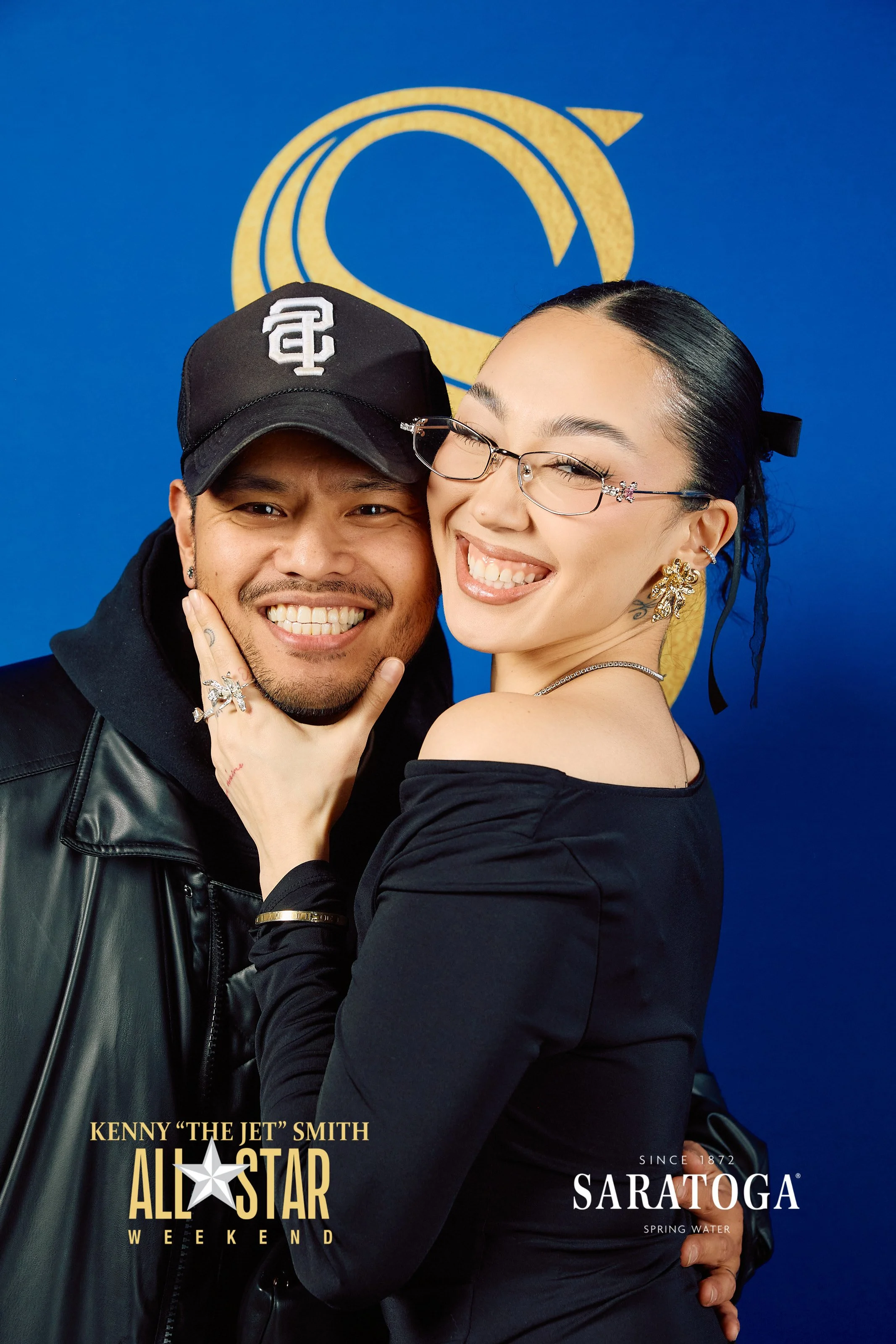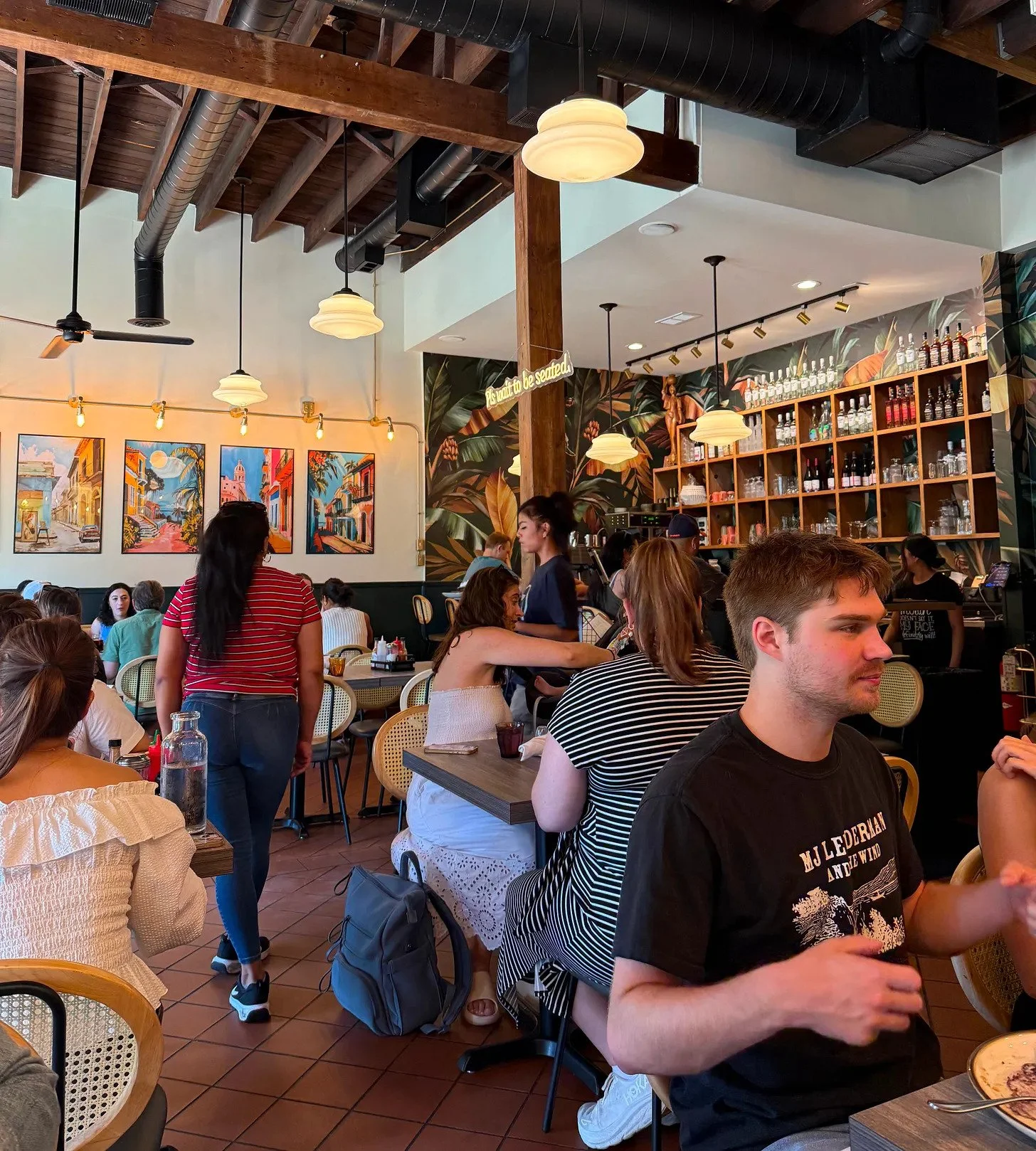The Whitening Myth: How Papaya Soap Scrubbed Our Skin and Self-Esteem
What papaya soap really does. (Spoiler: Its not whitening)
July 3, 2025
Written by Niko Del Rey
A TikTok recently went viral for all the wrong reasons. In the video, a Filipino creator stares into the camera with the text, “Born to have Korean/Chinese features, forced to have Filipino genes.” With an almost offhand delivery, he gestures toward his darker complexion and distinctly Filipino nose—the features he believes failed him.
The comments exploded. Some laughed. Some dragged him. Others saw their younger selves in his words. Because underneath the humor and the heartbreak was something we all recognize: the deep-rooted desire to look less Filipino.
It’s a desire many of us didn’t just feel—but were taught. Sometimes explicitly. Sometimes through silence. Often through a bright orange bar of papaya soap sitting in the family shower, waiting to wash away what made us feel “too brown,” “too ethnic,” “too Filipino.”
But at what point do we, as kids, start becoming conscious of this? When does that internal switch flip, and suddenly our features feel wrong? Of all the beauty “advice” handed down in Filipino households, one thing always seemed to stick: the rite of passage that is the papaya soap introduction. A subtle, silent moment of shame disguised as self-care—usually delivered by a well-meaning tita or lola, telling you it’ll make your skin whiter, kasi sayang ka daw.
Did your parents ever use the expression “Don’t do that, you’ll get dark.” or has a family member ever expressed false concern disguised as “Cover up so your skin doesn’t turn black?” I wish I was exaggerating but this is a story I have heard too often growing up, not just from my family but a majority of my friends and their households as well. And wouldn’t you know it, just looming around the corner of those judgey remarks is “Use this soap, it will help make your skin whiter!” as if your Tita has just bestowed a godsend to resuscitate your social life.
Papaya soap wasn’t just a product. It was a cultural weapon. One that told us fair skin was the goal and our brownness was the problem. Now that skin care has really hit its stride in everyday hygiene, today we have better technology to understand papaya soap and the actual “promises” they have been lying to us all these years. Let’s break down the hoax of skin whitening soap and what they don’t tell you.
You Don’t NEED Whiter Skin
Let’s start with the lie. Lighter skin doesn’t mean better skin. But this belief is so deeply embedded in Filipino culture that many of us inherited it before we even understood it.
The obsession with skin lightening isn’t personal—it’s systemic. From mestiza-centric beauty queens to teleseryes where the fair-skinned bida always gets the guy, we’ve been conditioned to see dark skin as a flaw. And papaya soap became the household weapon of choice.
This dates back centuries. Spanish colonization introduced the mestiza as the ideal—light-skinned, delicate, and closer to whiteness. Later, American rule pushed Hollywood beauty standards. Add in Japanese influence during WWII, and what we got was a deeply confused beauty complex that still hasn’t fully been unlearned.
Even now, Filipino media often puts light-skinned actors front and center, while morena characters are cast as the feisty best friend, the underdog, or the girl who needs a “glow up.” It's not just messaging—it's a hierarchy.
And this system feeds a billion-dollar industry. The global skin-lightening market is currently worth $8.6 billion, and it's expected to grow to $12.3 billion by 2027, with Southeast Asia—especially the Philippines—leading the demand.
But here’s what we know now: our brown skin is not something to erase. It’s something to celebrate. You are not “too dark.” You are not “less than.” You do not need to change to be worthy of love, success, beauty, or belonging.
Papaya Soap CANNOT Change the Color of Your Skin
Despite what the commercials promised, papaya soap never had the ability to “whiten” you.
According to celebrity dermatologist Dr. Tabasum Mir, papaya contains an enzyme called papain, which helps exfoliate the skin by breaking down dead skin cells. That’s why people sometimes see a temporary “brightening” effect—it’s just the outermost layer of dead skin being cleared off.
It doesn’t bleach your melanin. It doesn’t alter your DNA. It can’t change your undertone or the natural color you were born with. And it shouldn’t.
What it can do is gently exfoliate. But marketing twisted that into false hope. For years, brands like Likas and Silka sold these soaps as whitening miracles, reinforcing the idea that lighter skin equaled better skin.
But exfoliating for a glow and bleaching for approval? Those are two very different things.
It Will NOT Miraculously Work in Just One Week
Raise your hand if you were promised “visible results in 7 days.” Now raise your other hand if those results were barely visible—or came with irritation and peeling.
The reality? Your skin doesn’t work that fast. According to an article from Shiko Beauty:
“The skin cell turnover rate is the rate at which your body creates new skin cells and sheds the old ones. In babies, this process occurs every 14 days, and in teenagers about every 28 days. As we age, this process slows down, and for those in their 50s, the skin renewal process can take up to 84 days.”
So even if papaya soap could give you a glow, it’s not happening overnight—or even in a week. If your goal is healthier skin, you’ll get farther with hydration, sunscreen, and a barrier-friendly routine than anything promising to bleach away your “flaws.”
We’ve come a long way. Skincare is smarter. Beauty standards are slowly shifting. And more morenas are showing up front and center in campaigns, on covers, and on our feeds.
But products like papaya soap are still around. So are the quiet insults. So is the generational shame.
That’s why calling it out matters. Unlearning this isn’t just a trend—it’s an act of healing. It’s protecting the next generation from hating themselves for looking Filipino.
You don’t need to be whiter to be beautiful. You never did.

























In observance and celebration of Veterans Day, I have the special honor of interviewing someone who means the world to me — my dad. He is a proud U.S. Army veteran and a proud Filipino American whose journey reflects both courage in service and strength in identity.
Read More